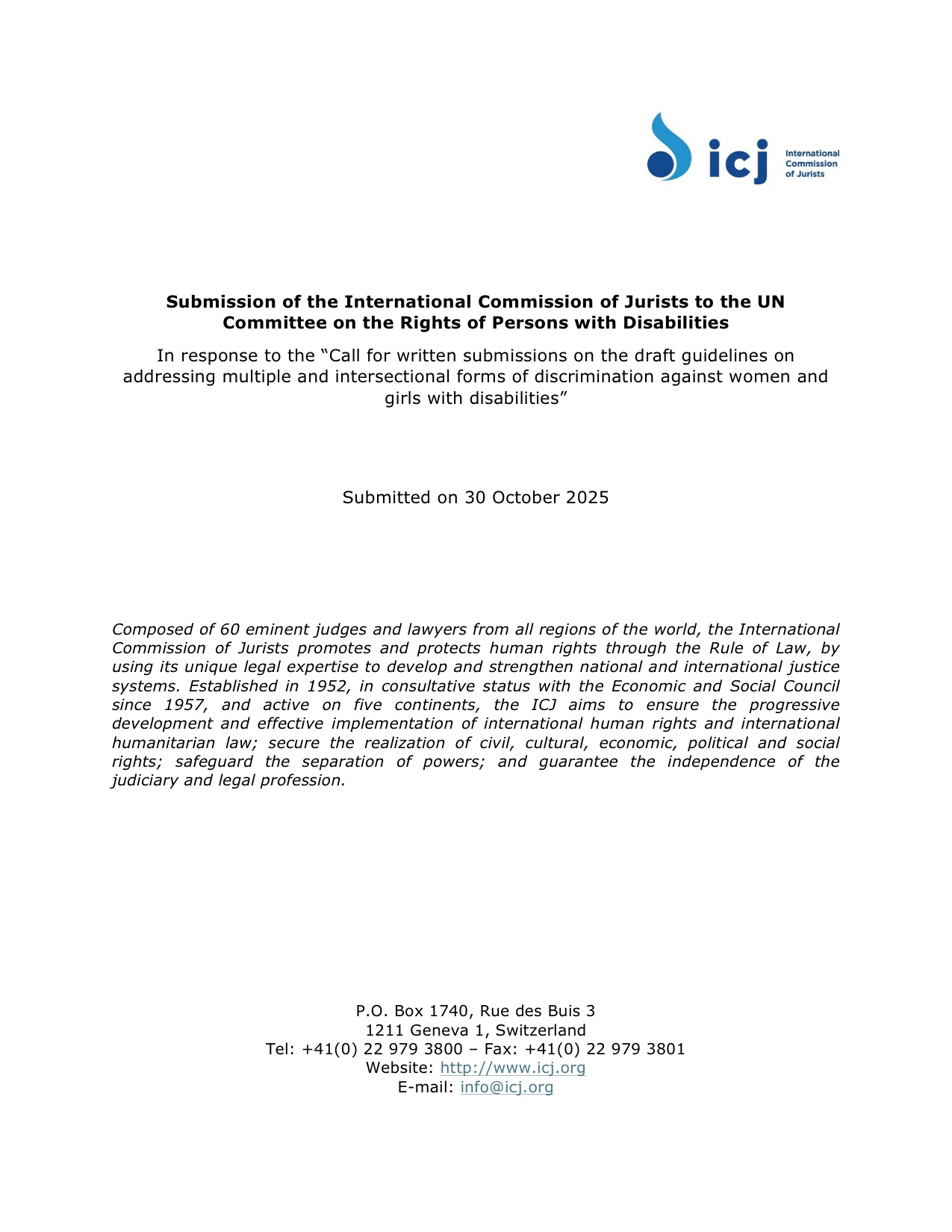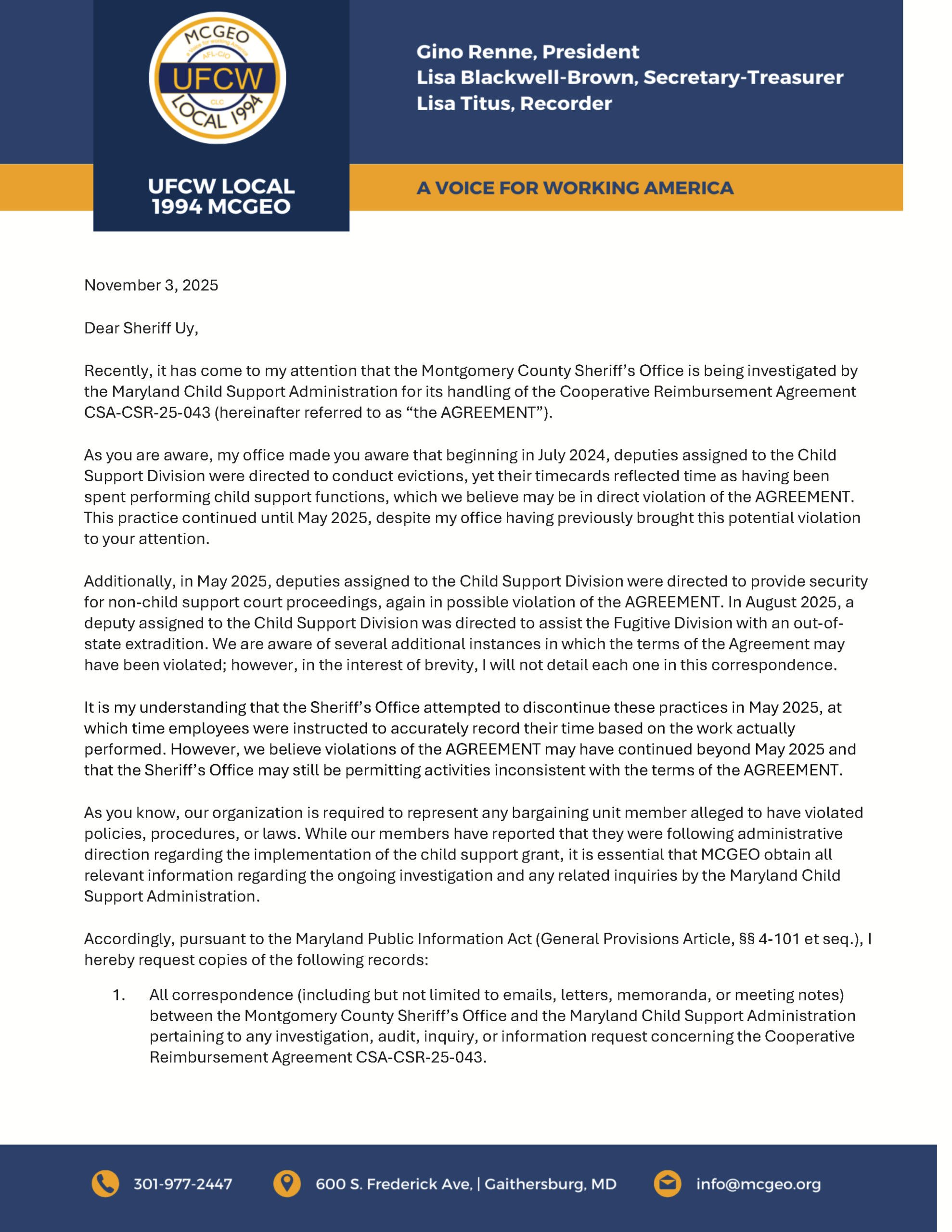Netherlands to cut on asylum, development aid to achieve NATO defense spending norm – NL Times

Report on Proposed Dutch Fiscal Realignment and its Implications for Sustainable Development Goals (SDGs)
1.0 Introduction
The government of the Netherlands is reportedly considering a significant fiscal policy shift. According to caretaker Finance Minister Eelco Heinen, the proposal involves reducing expenditure on development cooperation and asylum services. The primary objective of this reallocation is to increase national defense spending to meet the new standard mandated by the North Atlantic Treaty Organization (NATO). This report analyzes the proposed budgetary changes through the lens of the United Nations Sustainable Development Goals (SDGs), highlighting the potential consequences for the 2030 Agenda.
2.0 Impact on International Development and Global Partnerships
The proposed cuts to development cooperation funding directly challenge the Netherlands’ commitment to international solidarity and sustainable development, particularly impacting several key SDGs.
- SDG 17 (Partnerships for the Goals): Reducing official development assistance (ODA) fundamentally weakens global partnerships. It signals a retreat from the collective financial commitments necessary to achieve the 2030 Agenda.
- SDG 1 (No Poverty) & SDG 2 (Zero Hunger): Development aid is a critical tool in funding programs aimed at poverty eradication and improving food security in low-income countries. Reductions in aid could reverse progress in these areas.
- SDG 3 (Good Health and Well-being) & SDG 4 (Quality Education): Dutch funding supports numerous global health initiatives and educational programs. Cuts would jeopardize access to essential services for vulnerable populations worldwide.
- SDG 10 (Reduced Inequalities): By decreasing aid, the policy risks exacerbating economic disparities between developed and developing nations, undermining efforts to reduce global inequality.
3.0 Implications for Asylum Policy, Justice, and Human Rights
Reductions in the asylum budget have direct implications for goals related to human rights, justice, and the protection of vulnerable groups.
- SDG 16 (Peace, Justice and Strong Institutions): This goal advocates for providing access to justice for all and building effective, accountable institutions. A robust and humane asylum system is a key component of a just society that protects the fundamental freedoms of those fleeing conflict and persecution. Reducing its funding could weaken these institutional commitments.
- SDG 10 (Reduced Inequalities): Asylum policies are integral to addressing the inequalities faced by refugees and displaced persons. Limiting resources for asylum seekers contradicts the goal’s target of empowering and promoting the social and economic inclusion of all, irrespective of origin or status.
4.0 Prioritization of Defense Spending and its Conflict with the SDG Framework
The reallocation of funds from development and humanitarian aid to defense represents a significant policy trade-off. While national security is a prerequisite for stable societies, which aligns with certain aspects of SDG 16 (Peace, Justice and Strong Institutions), the proposed method creates a direct conflict with the broader, holistic vision of the SDGs.
The decision prioritizes military security over the human security dimensions championed by the 2030 Agenda, such as poverty reduction, health, and global cooperation. This shift could undermine the principle of “leaving no one behind” and challenge the integrated nature of the Sustainable Development Goals, where progress in one area is dependent on progress in others.
SDGs Addressed in the Article
The article highlights a policy decision by the Dutch government that creates a conflict between different national priorities, directly connecting to several Sustainable Development Goals (SDGs). The primary issues discussed—cuts to development aid and asylum funding to increase defense spending—touch upon the following SDGs:
- SDG 10: Reduced Inequalities: The proposed “cuts on asylum” directly affect policies and resources for managing migration and supporting asylum seekers, who are often vulnerable populations. This relates to the goal of reducing inequality within and among countries.
- SDG 16: Peace, Justice and Strong Institutions: This goal is relevant in two conflicting ways. The increase in defense spending is aimed at achieving the “NATO defense spending norm,” which can be framed as an effort to ensure peace and security. However, the cuts to asylum funding weaken the institutions responsible for providing justice and support to refugees and asylum seekers.
- SDG 17: Partnerships for the Goals: The explicit mention of “cuts to development cooperation” directly contradicts the spirit and targets of this goal, which emphasizes international cooperation and financial commitments from developed countries to support sustainable development in developing nations.
Specific SDG Targets Identified
Based on the article’s content, the following specific SDG targets are relevant:
SDG 10: Reduced Inequalities
- Target 10.7: “Facilitate orderly, safe, regular and responsible migration and mobility of people, including through the implementation of planned and well-managed migration policies.”
Explanation: The article states the government is considering “cuts on asylum.” Reducing funds for asylum processes and support systems directly undermines the capacity to implement “well-managed migration policies” and ensure the safe and orderly handling of asylum seekers.
SDG 16: Peace, Justice and Strong Institutions
- Target 16.a: “Strengthen relevant national institutions, including through international cooperation, for building capacity at all levels… to prevent violence…”
Explanation: The government’s plan to “increase spending on defense gradually to meet the new NATO standard” can be interpreted as an action to strengthen a national institution (the military) for security and peace. However, this action comes at the expense of funding for other critical areas like development and asylum.
SDG 17: Partnerships for the Goals
- Target 17.2: “Developed countries to implement fully their official development assistance commitments, including the commitment by many developed countries to achieve the target of 0.7 per cent of ODA/GNI to developing countries…”
Explanation: The plan to make “cuts to development cooperation” is a direct move away from fulfilling official development assistance (ODA) commitments. This action negatively impacts the financial resources available for global partnerships and support for developing countries.
Indicators for Measuring Progress
The article implies several indicators that can be used to measure the impact of the government’s proposed actions:
Implied Indicators
- For Target 10.7: The primary indicator would be the national budget allocated to asylum and migration management. The article’s mention of “cuts on asylum” directly points to a reduction in this financial indicator.
- For Target 16.a: The indicator is explicitly mentioned in the article as the “NATO defense spending norm.” This is measured as the percentage of a country’s Gross Domestic Product (GDP) allocated to defense expenditure.
- For Target 17.2: The relevant indicator is Indicator 17.2.1: “Net official development assistance (ODA)… as a proportion of… gross national income (GNI).” The “cuts to development cooperation” would be reflected as a decrease in this percentage for the Netherlands.
Summary of Findings
| SDGs | Targets | Indicators |
|---|---|---|
| SDG 10: Reduced Inequalities | 10.7: Facilitate orderly, safe, regular and responsible migration and mobility of people, including through the implementation of planned and well-managed migration policies. | The national budget allocated to asylum services and migration management (implied by “cuts on asylum”). |
| SDG 16: Peace, Justice and Strong Institutions | 16.a: Strengthen relevant national institutions… for building capacity… to prevent violence. | Defense expenditure as a percentage of GDP (mentioned as the “NATO defense spending norm”). |
| SDG 17: Partnerships for the Goals | 17.2: Developed countries to implement fully their official development assistance commitments. | 17.2.1: Net official development assistance (ODA) as a proportion of gross national income (GNI) (implied by “cuts to development cooperation”). |
Source: nltimes.nl

What is Your Reaction?
 Like
0
Like
0
 Dislike
0
Dislike
0
 Love
0
Love
0
 Funny
0
Funny
0
 Angry
0
Angry
0
 Sad
0
Sad
0
 Wow
0
Wow
0


















-1920w.png?#)






















;Resize=805#)




































